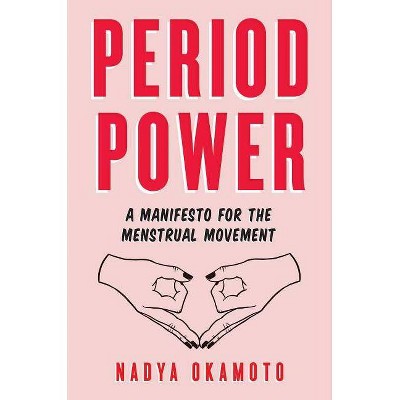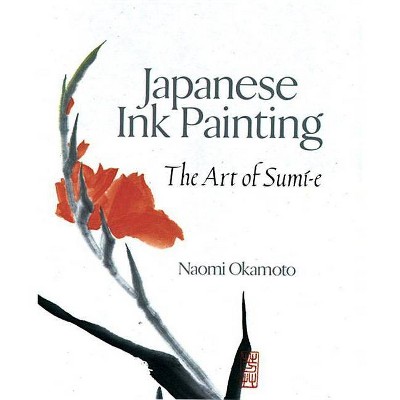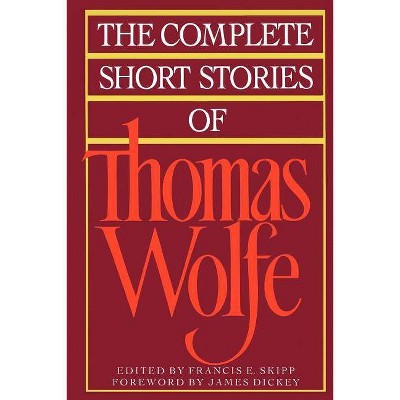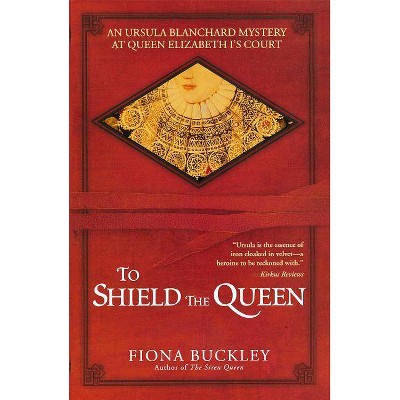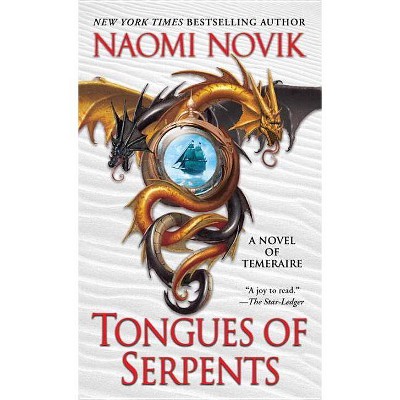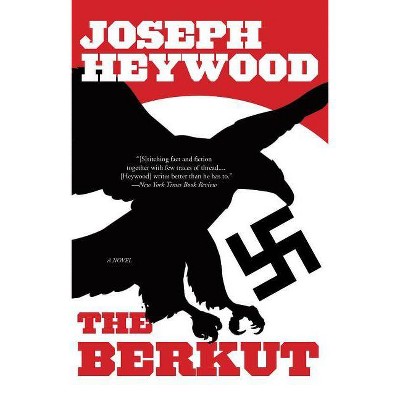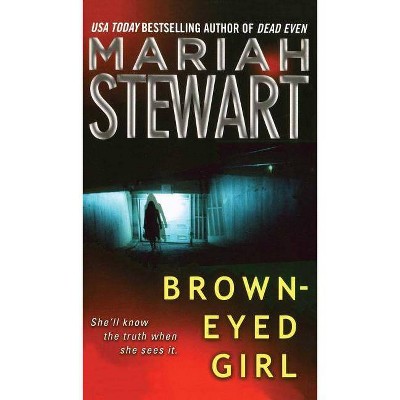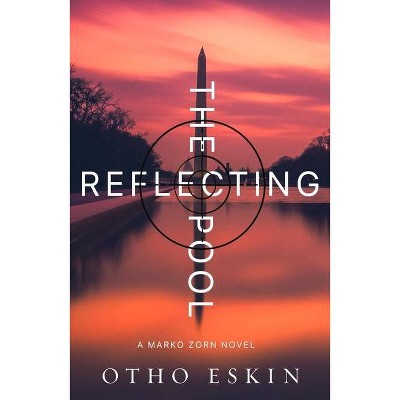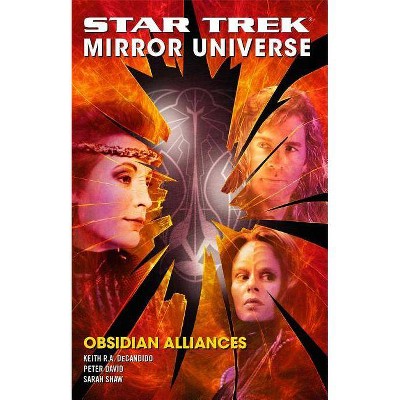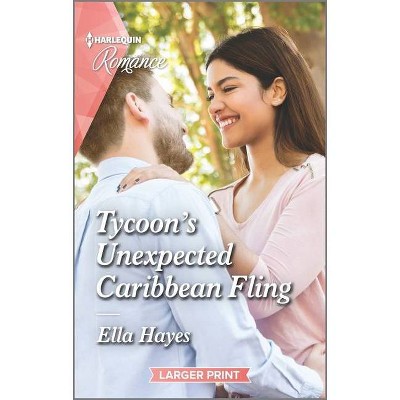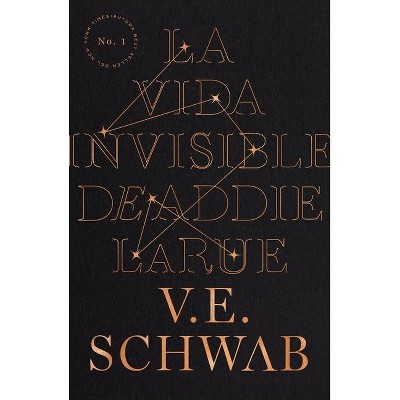Okamoto Kido - by Kido Okamoto (Paperback)
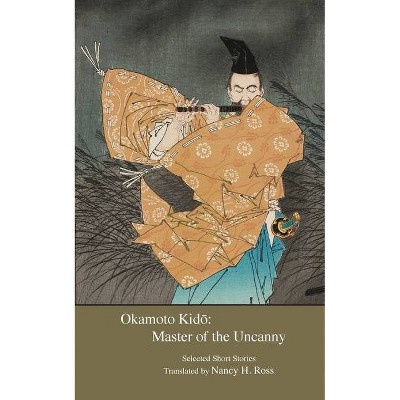
Similar Products
Products of same category from the store
AllProduct info
<p/><br></br><p><b> About the Book </b></p></br></br>Haunted flutes, ghostly visitors, three-legged frogs, the vengeance of a blinded man... Kidō's imagination ranged far and wide through the Japanese literary scene in the 1920s and 30s. He remains a major influence on modern horror writers in Japan today.<p/><br></br><p><b> Book Synopsis </b></p></br></br><p>Born in 1872, Kidō wrote theater reviews, covered the Russo-Japanese War as a newspaper reporter, and eventually became a playwright and author. In addition to a number of well-received plays, he also penned more than fifty horror stories over a roughly ten-year period starting in the mid-1920s. Just prior to this period, the Great Kantō Earthquake of 1923 destroyed almost everything in Tokyo that remained from the Edo era, and Japanese horror itself was transitioning from the traditional uncanny stories to more modern horror structures.</p><p>While many of Kidō's stories are retellings of tales from China and other nations, he also drew on a diverse range of traditions, including the heritage of Edo-era storytellers such as Ueda Akinari and Asai Ryōi, to produce a dazzling array of work covering the entire spectrum from time-honored ghost tropes to modern horror. The majority of his stories were collected in four volumes: <em>Seiadō kidan</em> (1926), <em>Kindai iyō hen</em> (1926), <em>Iyō hen</em> (1933), and <em>Kaijū</em> (1936).</p><p>Kidō remains popular for his elegant, low-key style, subtly introducing the "other" into the background, and raising the specter of the uncanny indirectly and often indistinctly.</p>
Price History
Price Archive shows prices from various stores, lets you see history and find the cheapest. There is no actual sale on the website. For all support, inquiry and suggestion messagescommunication@pricearchive.us




